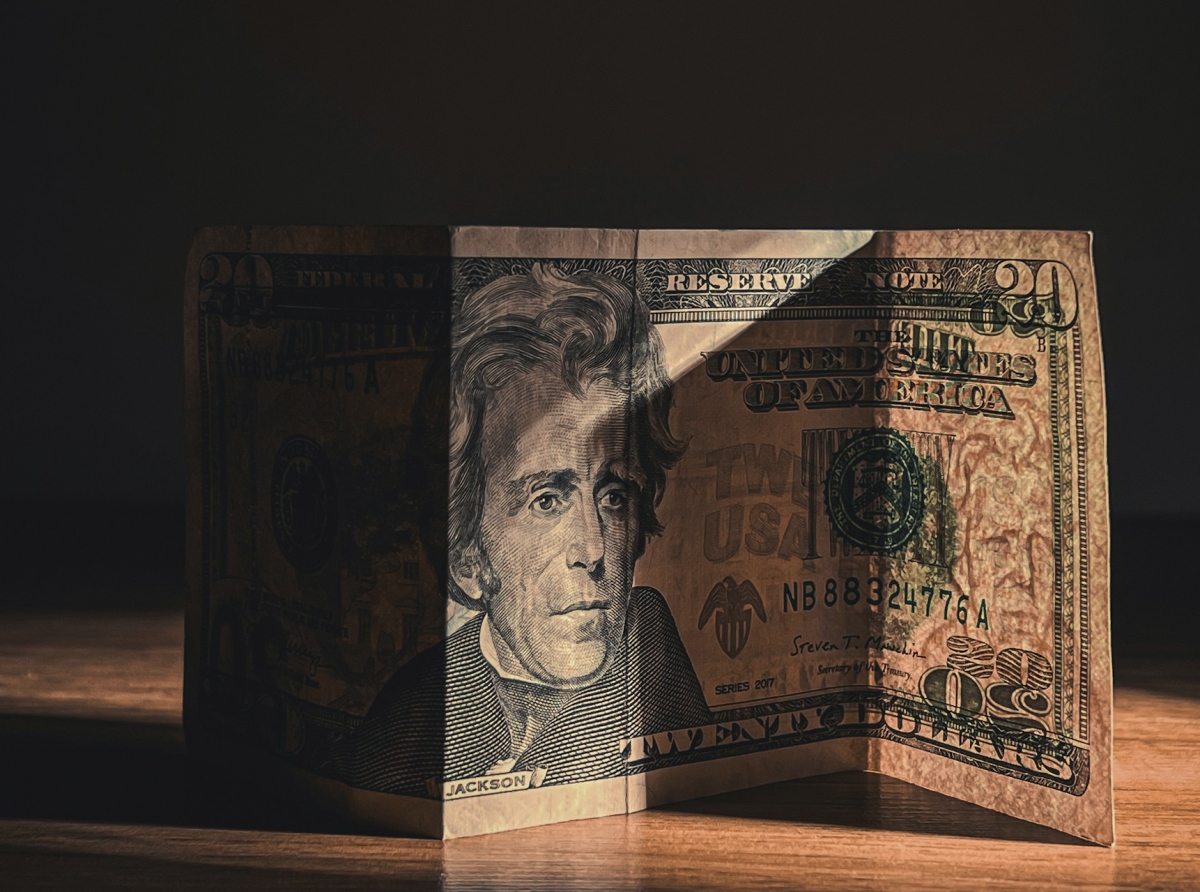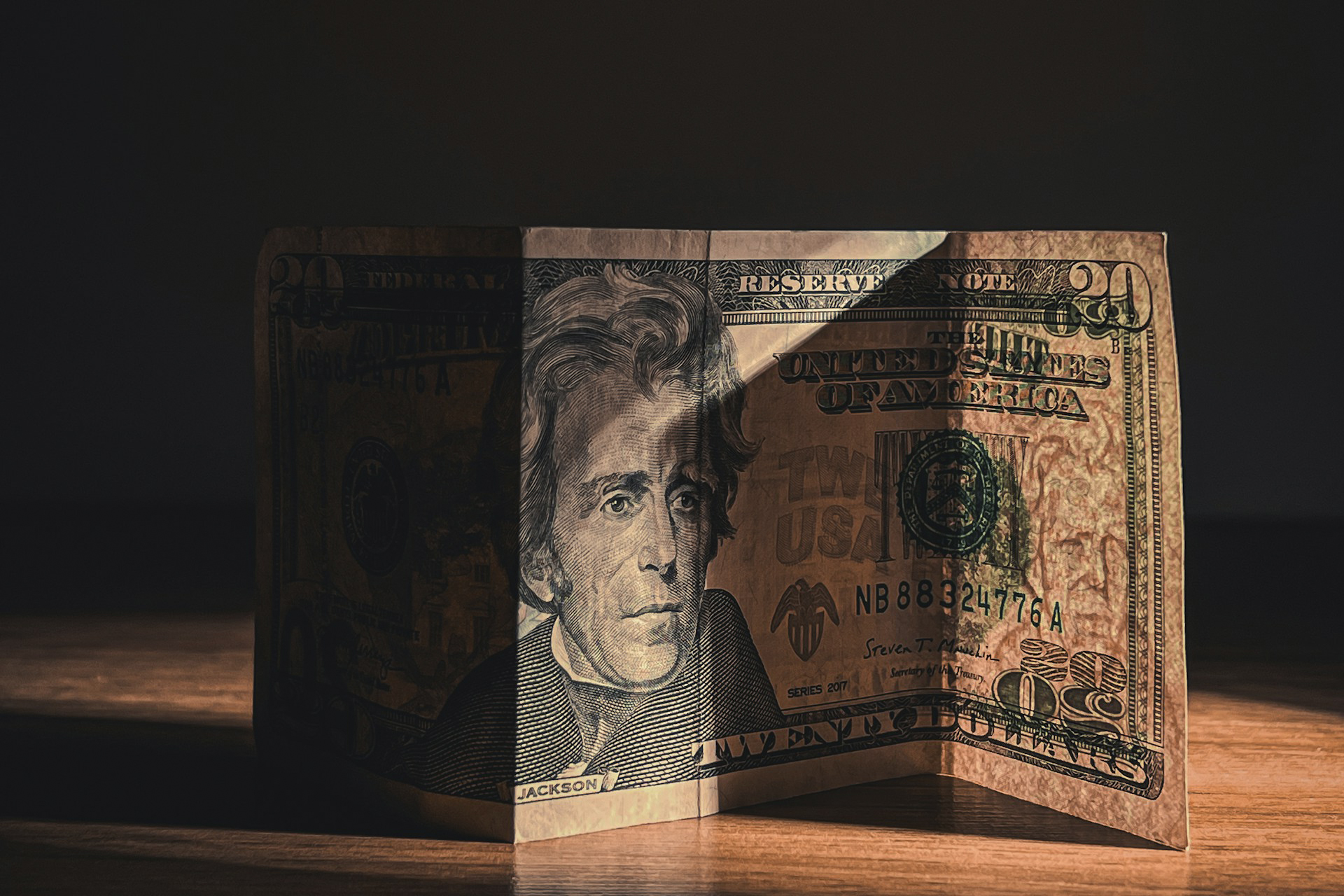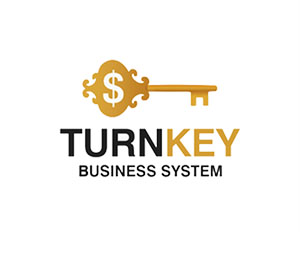How Much Money Do You Need to Start Trading Forex?

How Much Money Do You Need to Start Trading Forex?
Forex trading attracts a wide range of participants due to its accessibility, high liquidity, and profit potential.
However, one of the most common questions among beginner traders is: "How much money do I need to start trading Forex?"
The answer depends on several factors, including your goals, trading style, risk tolerance, and the tools you plan to use. Let’s break it down step by step.
However, one of the most common questions among beginner traders is: "How much money do I need to start trading Forex?"
The answer depends on several factors, including your goals, trading style, risk tolerance, and the tools you plan to use. Let’s break it down step by step.

How Much Money Do You Need to Start Trading Forex?
1. Minimum Capital Requirements
The amount of money needed to start trading Forex can vary significantly depending on your approach:Micro Accounts (As Low as $10–$100)
Many brokers offer micro or cent accounts that allow traders to start with as little as $10–$100. These accounts are ideal for beginners who want to practice trading without risking significant capital. However, trading with such small amounts limits your position sizes and potential profits.
Standard Accounts ($1,000–$5,000)
For more serious trading, a starting balance of $1,000–$5,000 is often recommended. This allows you to trade standard lots while maintaining proper risk management. It also provides enough margin to handle market fluctuations without being overly exposed.
Professional-Level Trading ($10,000+)
Experienced traders or those aiming for professional-level trading typically start with $10,000 or more. This capital base enables them to diversify their portfolio, trade larger positions, and withstand drawdowns during volatile periods.
2. Factors Influencing Capital Needs
Several key factors determine how much money you’ll need to trade Forex effectively:Trading Style
Scalping : Requires quick trades and smaller position sizes. Scalpers may need less capital but must focus on low spreads and high leverage.
Day Trading : Involves opening and closing trades within a single day. A moderate amount of capital ($1,000–$5,000) is usually sufficient.
Swing Trading : Focuses on medium-term trends, requiring slightly higher capital to manage overnight risks.
Position Trading : Long-term strategies demand larger capital to handle extended market exposure and potential volatility.
Leverage
Leverage allows traders to control larger positions with smaller amounts of capital. For example, with 1:100 leverage, $1,000 can control $100,000 worth of currency. While leverage amplifies potential profits, it also increases risks, so it should be used cautiously.
Risk Management
A golden rule in trading is never to risk more than 1–2% of your account balance on a single trade. This means that even if you have a small account, you must ensure your position sizes align with this principle to avoid blowing up your account.
Broker Requirements
Different brokers have varying minimum deposit requirements. Some allow accounts with as little as $10, while others require $500 or more. Always check the broker’s terms before getting started.
Trading Costs
Consider spreads, commissions, and swap fees when calculating how much capital you’ll need. High trading costs can eat into small accounts quickly, making it harder to achieve profitability.
3. Recommended Starting Amounts Based on Goals
For Learning and PracticeIf your goal is to learn the ropes and gain experience, starting with $100–$500 is reasonable. At this level, you can test strategies, understand market dynamics, and develop discipline without risking too much.
For Consistent Profitability
To aim for consistent profits, a starting balance of $1,000–$5,000 is advisable. This gives you enough room to apply proper risk management and diversify your trades.
For Serious Income Generation
If you’re looking to generate meaningful income from Forex trading, consider starting with $10,000 or more. With this level of capital, you can scale your trading activities and potentially replace or supplement your primary income.
4. Can You Start with Less Than $100?
While it’s technically possible to start trading Forex with very small amounts (e.g., $10–$100), there are significant limitations:Limited Position Sizes : Smaller accounts restrict your ability to trade larger positions, reducing profit potential.
Higher Risk : With limited capital, even minor losses can wipe out your account if not managed carefully.
Psychological Pressure : Trading with tiny amounts can lead to over-leveraging and poor decision-making.
If you’re starting with a small account, focus on learning and preserving capital rather than chasing quick profits.
5. Tips for Managing Limited Capital
Start Small and Scale UpBegin with an amount you can afford to lose and gradually increase your capital as you gain experience and confidence.
Prioritize Education
Invest time in learning technical analysis, risk management, and trading psychology before committing large sums of money.
Use Demo Accounts
Practice trading on demo accounts to build skills and test strategies without risking real money.
Stick to Risk Management Rules
No matter how small your account is, always adhere to the 1–2% risk-per-trade rule to protect your capital.
Avoid Over-Leveraging
High leverage can amplify both gains and losses. Use it sparingly, especially when starting with limited funds.
Choose the Right Broker
Opt for brokers with low minimum deposits, tight spreads, and reliable execution to maximize your chances of success.
6. Realistic Expectations
It’s important to set realistic expectations about how much money you can make from Forex trading:Small Accounts : With $100–$500, your goal should be to grow your account steadily rather than expecting massive returns.
Medium Accounts : With $1,000–$5,000, you can aim for consistent monthly growth, typically ranging from 5% to 10%.
Large Accounts : With $10,000+, you can target higher absolute profits, but remember that percentage gains may decrease as your account grows.
Successful traders focus on long-term growth rather than short-term windfalls.
Conclusion: Start Smart, Grow Steadily
The amount of money you need to start trading Forex depends on your goals, risk tolerance, and trading style. While it’s possible to begin with as little as $100, having a larger starting balance allows for better risk management and greater flexibility. Regardless of your initial capital, prioritize education, discipline, and patience to build a sustainable trading career.
Remember, Forex trading is not a get-rich-quick scheme—it’s a skill that requires time and effort to master. Start with what you can afford, stay consistent, and let your account grow organically over time.
The amount of money you need to start trading Forex depends on your goals, risk tolerance, and trading style. While it’s possible to begin with as little as $100, having a larger starting balance allows for better risk management and greater flexibility. Regardless of your initial capital, prioritize education, discipline, and patience to build a sustainable trading career.
Remember, Forex trading is not a get-rich-quick scheme—it’s a skill that requires time and effort to master. Start with what you can afford, stay consistent, and let your account grow organically over time.









Report
My comments